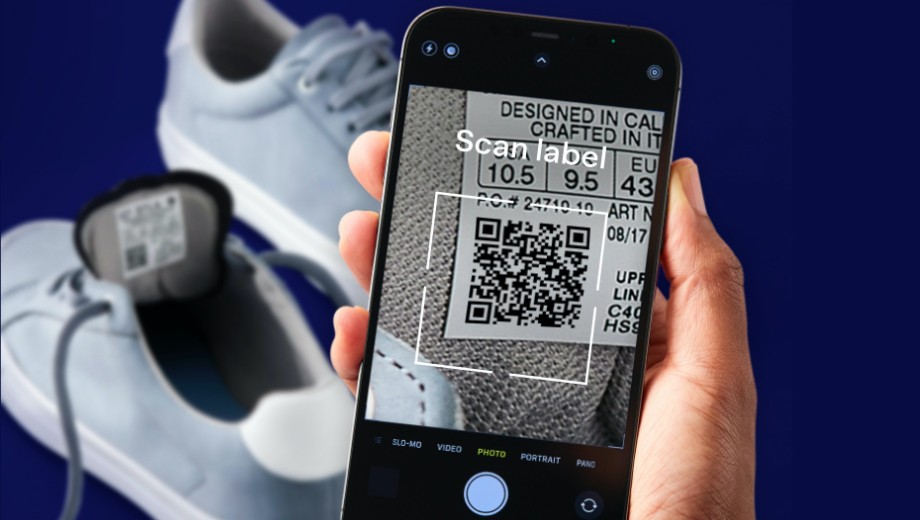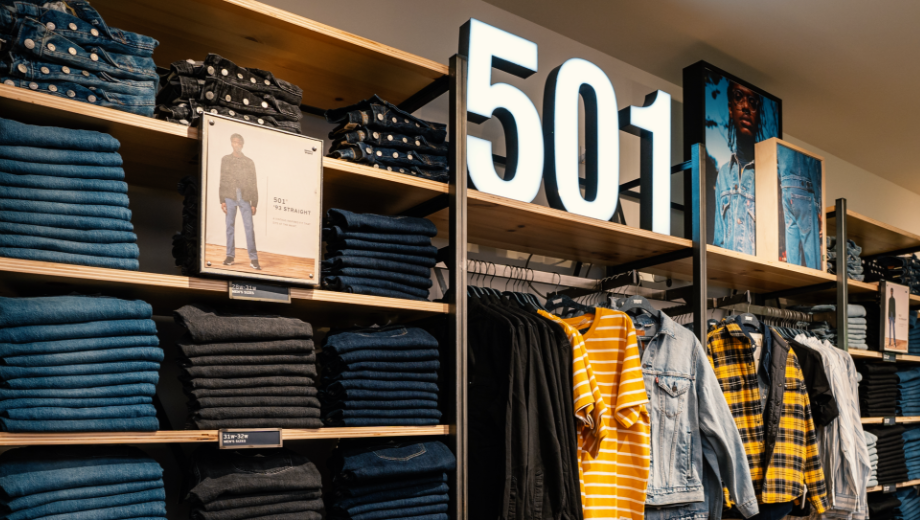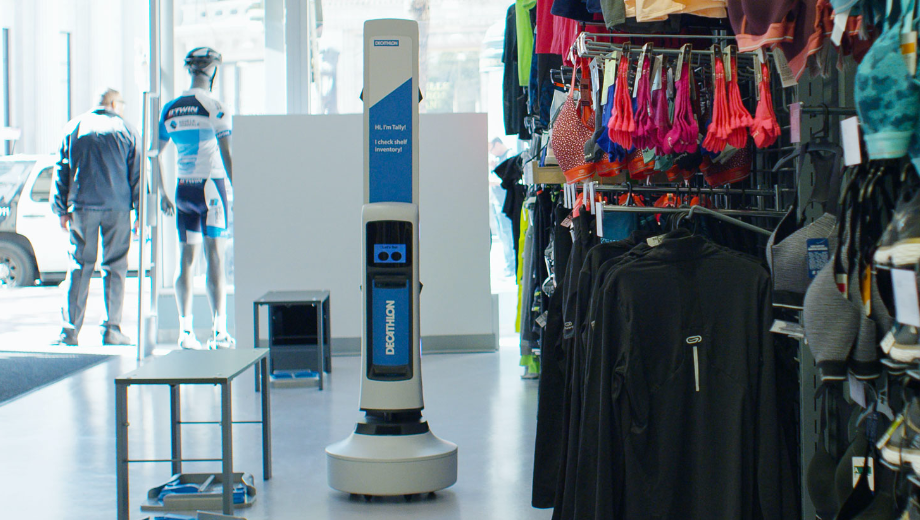Sustainability is a hot topic, not only for retail, but notably in the apparel sector. Younger customers in particular are environmentally conscious, urging retailers to source responsibly. For RFID, Smartrac makes that easy – with new green RAIN RFID (UHF) inlays that show convincing results from in-depth Life Cycle Assessments.
As the latest "green" products developed under the strong criteria Smartrac has defined for its Green Tag Program, the recently announced Eagle™ Green inlays and tags combine superior sustainability characteristics with compact size, excellent read range and high quality for retail-optimized applications. Their size and performance equal conventional Eagle products, with both Eagle and Eagle Green being among the smallest retail-orientated inlays with global performance available on the market. Both Eagle variants have passed Auburn University’s ARC categories A, B, C, D, F, G, I, K, M, Q, W2 and W5.
State-of-the-art IC: NXP UCODE 8
Eagle and Eagle Green are equipped with an NXP UCODE 8 IC, which shares memory size and typical IC features with NXP’s UCODE 7 IC. The IC additionally offers benefits such as a Self-Adjust feature to maximize product performance in challenging environments, improved read and write sensitivity, and a very fast encoding speed. Furthermore, the chip has an integrated Brand Identifier function to prove product authenticity and a memory safeguard system to protect business data.
Sustainability at a new level
What makes the new Green Tag inlays stand out is their sustainability. Eagle Green uses plastic-free, fully recyclable paper as the substrate, avoids adhesives as much as possible, and comes with a precision laser-cut aluminum antenna that allows the complete recycling of the cut-out material, resulting in a significant carbon footprint reduction.
Smartrac's Green Tag Program
When Smartrac first launched its Green Tag Program earlier this year, it emphasized the importance of in-depth Life Cycle Assessments (LCAs) for its green products, to prove that they are indeed truly and considerably sustainable and live up to their name.
LCA-confirmed product performance and quality
Just recently in November 2019, the LCA based on the Web Green inlay, Smartrac’s first-ever green product, was finished by thinkstep, an independent institute specializing in sustainability. The institute is now part of Sphera, the largest global provider of Integrated Risk Management software and information services with a focus on Environmental Health & Safety (EHS). Based on the assessment, all Green Tag Program inlays and tags will achieve up to 90% savings in carbon footprint and at least a 95% reduction in Abiotic Depletion Potential (ADP), which means non-renewable resources, when compared to traditional products available in the market today.
For a complete overview of Green Tag technology products and more detailed information or samples, please fill out our contact form.



